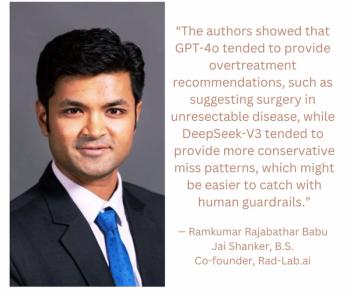
Siemens puts new spin on PET/CT with advanced hybrid scanner
Siemens Healthcare showcased at RSNA 2008 a PET/CT designed with radiologists in mind. It emphasizes CT performance and casts PET as the “smart contrast” that enhances the dynamic information delivered by CT. Siemens is pitching the CT component of its new Biograph mCT (molecular CT) as the most important part of the scanner and the PET component as delivering complementary information.
Siemens Healthcare showcased at RSNA 2008 a PET/CT designed with radiologists in mind. It emphasizes CT performance and casts PET as the "smart contrast" that enhances the dynamic information delivered by CT. Siemens is pitching the CT component of its new Biograph mCT (molecular CT) as the most important part of the scanner and the PET component as delivering complementary information.
The company is framing the Biograph mCT as a wise capital investment, arguing that the hybrid is actually two scanners in one.
The high-performance Somatom Definition AS (Adaptive Spiral) CT part of the hybrid, which generates up to 128 slices per 300-msec rotation, can be used separately, according to Markus Lusser, vice president of global marketing at Siemens Molecular Imaging. Alternatively, it can be used in combination with the PET component, which can complete PET scans in as little as five minutes. The product, therefore, can function as a CT and as a PET/CT.
On the RSNA floor, Lusser explained that its new member of the Biograph family not only serves both patient populations, but offers an economy of scale as both scanners can be sited in a single room and maintained under a single service contract. Adding to the appeal of the new hybrid are patient comfort features. Miniaturization and integration reduce the tunnel to just a meter long, about two-thirds the size of conventional PET/CTs. This, along with a wide bore measuring 78 cm, should reduce patient anxiety, according to the company.
The CT component can support 40, 64, or 128 slices. The positron imaging components can be arranged to allow anywhere from entry-level to the most advanced PET imaging, including time-of-flight studies. If clinical requirements change in the future, the Biograph mCT can be upgraded to deliver more slices and higher definition PET, including time-of-flight capabilities, Lusser said.
All the oncology uses that have come to characterize PET/CT over the past seven years are available, along with advanced applications conferred by premium CT. These include the ability to superimpose blood flow over fused PET and CT images of tumors, which could influence surgical and radiation therapy planning. Virtual colonoscopy might be combined with PET in the future, just as the superfast rotation time and number of slices per rotation open opportunities in cardiology in combination with PET myocardial perfusion.
Newsletter
Stay at the forefront of radiology with the Diagnostic Imaging newsletter, delivering the latest news, clinical insights, and imaging advancements for today’s radiologists.




























